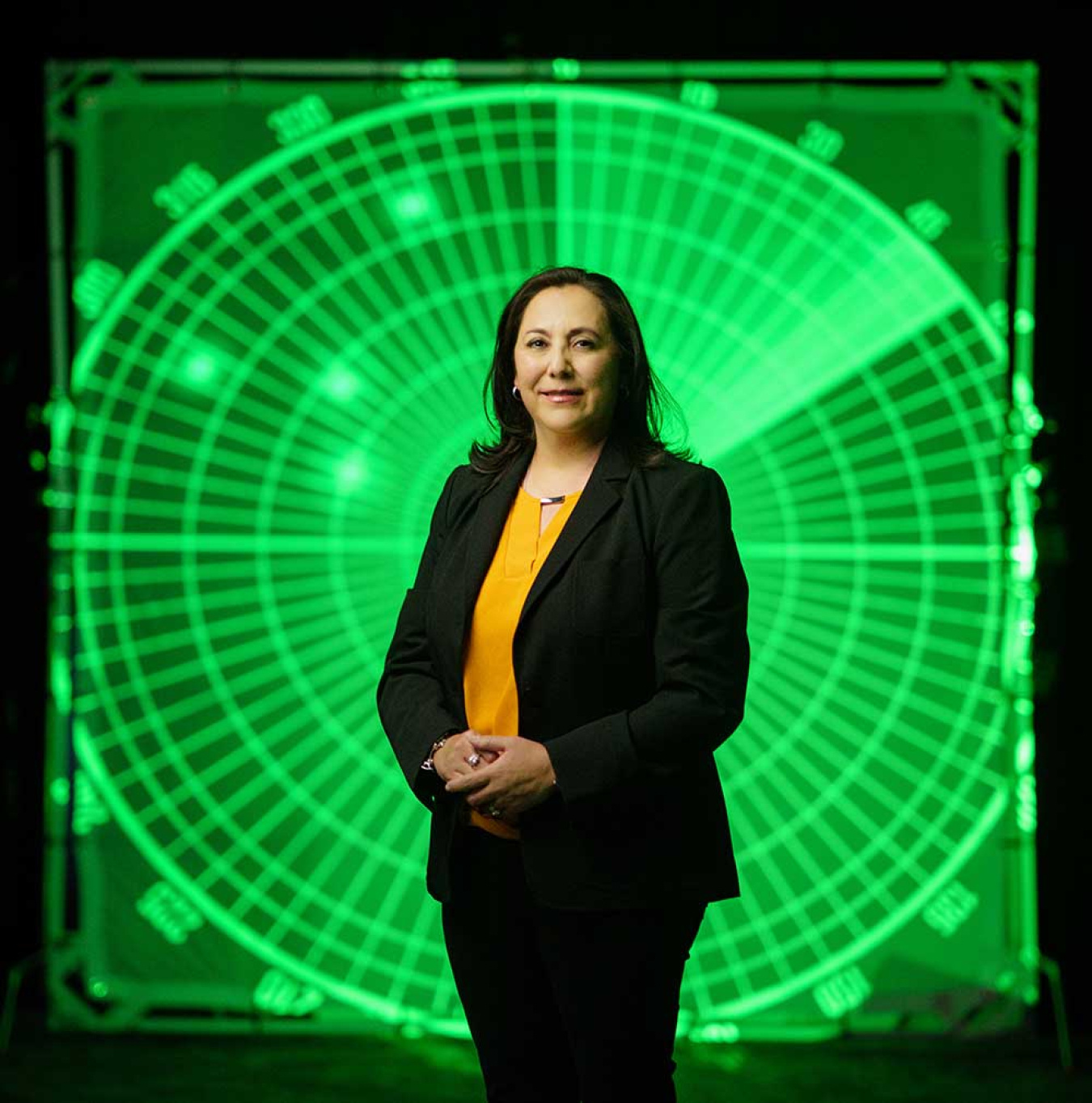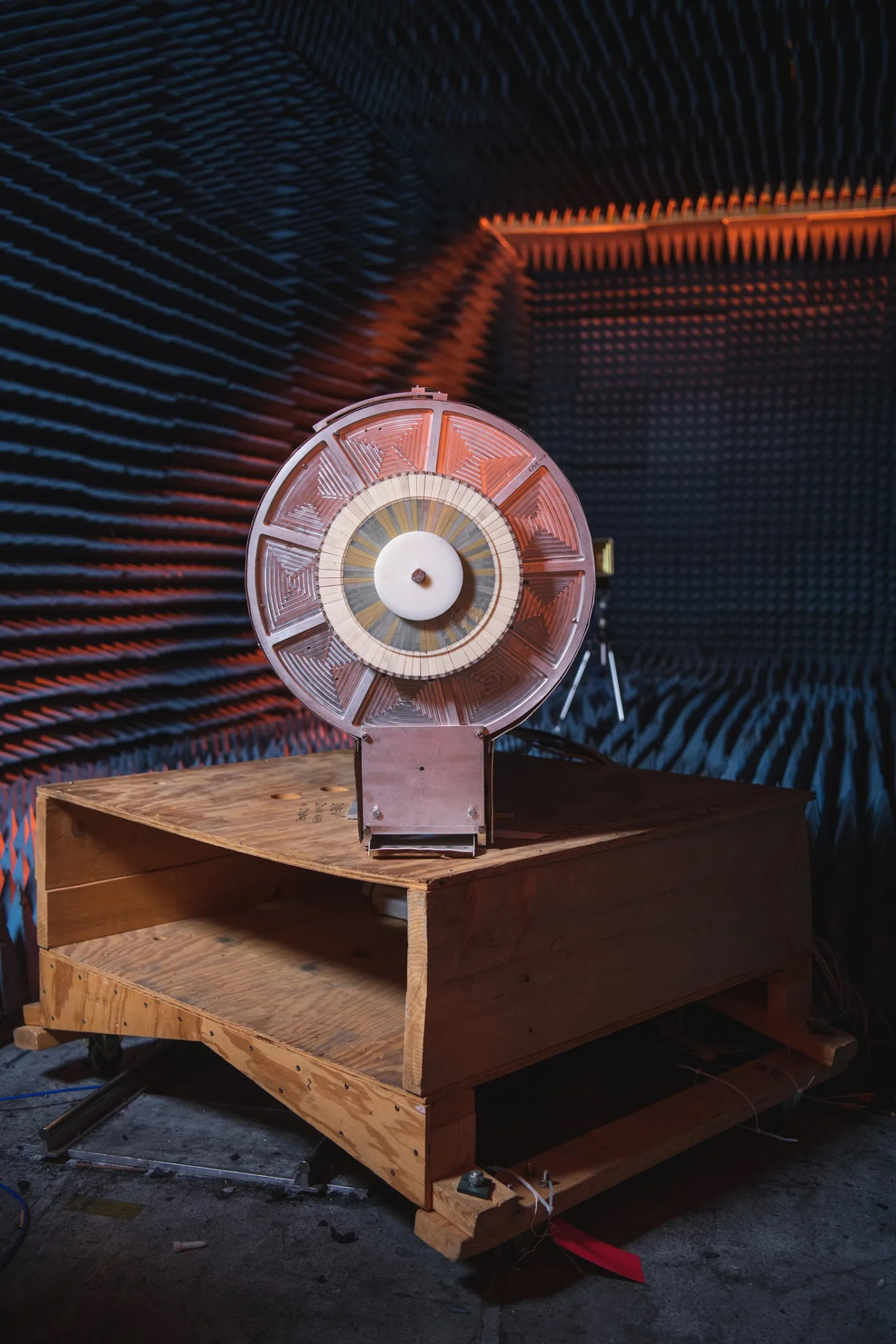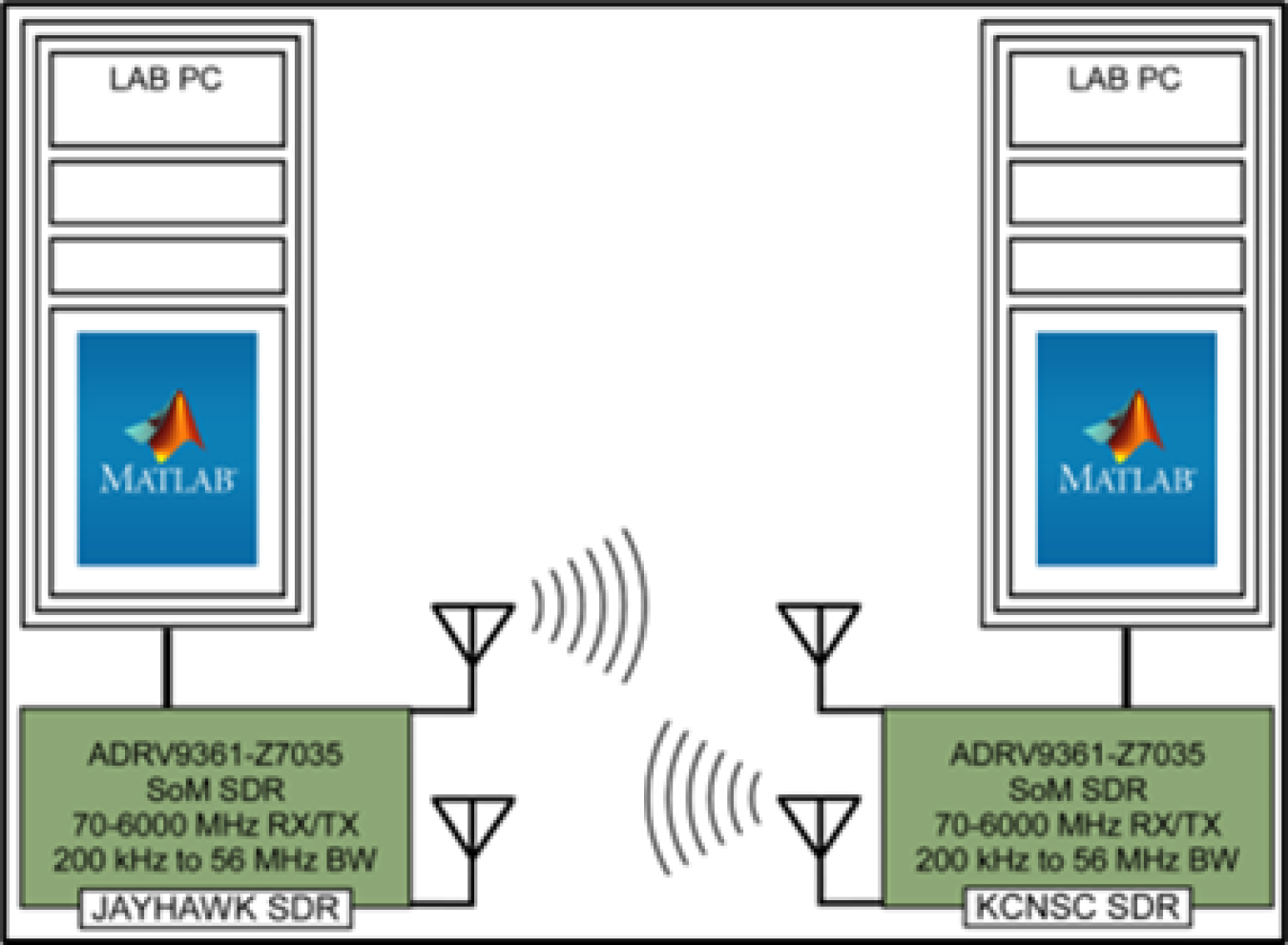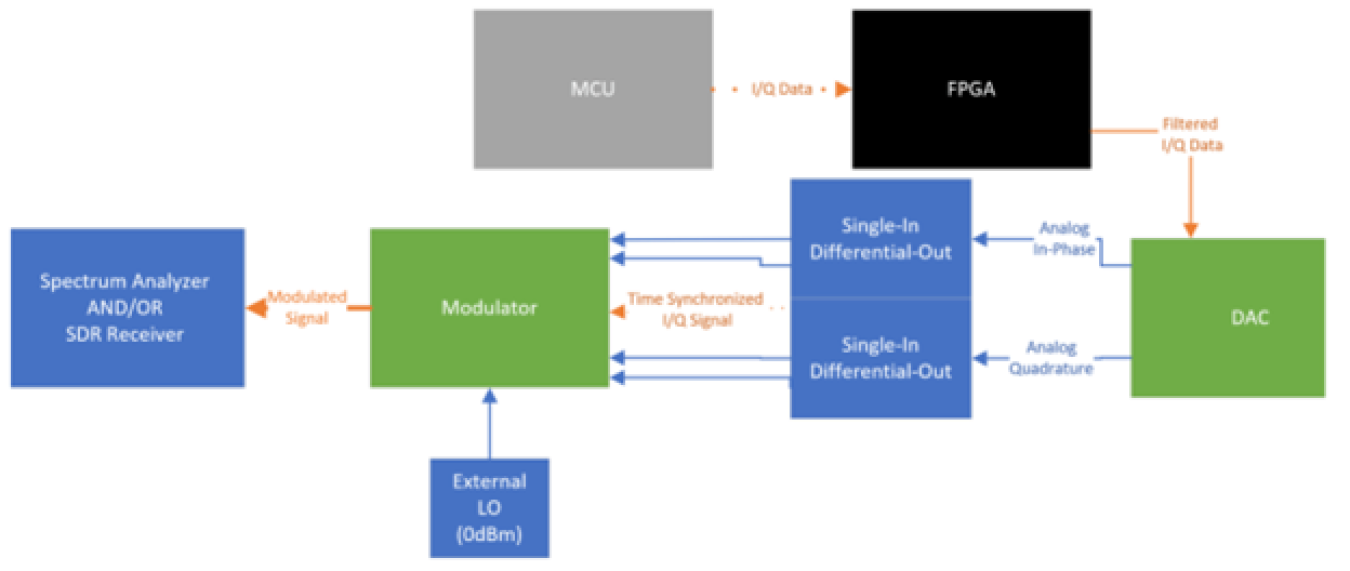Radio waves are good for a lot more than bringing today’s hits to your car’s speakers.
National Nuclear Security Administration
June 16, 2025Radio waves are good for a lot more than bringing today’s hits to your car’s speakers. NNSA uses them to revamp radar, amplify antennas, and rejigger radios.
Improving radar data for the digital age (and saving taxpayers)

At Sandia National Laboratories, a team has created a tool that is helping reinvent modern radar. Called RAMSES — short for Radar Analysis, Modeling, Simulation and Emulation Suite, it has become a go-to virtual gadget for government agencies that need to improve this vital technology.
As radar engineers swap older analog for newer digital parts, they find themselves with vastly expanded design opportunities. Digital components can manipulate signals in ways that were impossible with analog tech.
That’s where RAMSES shines. The software suite allows engineers to simulate using radar signals in new ways, such as changing characteristics of the signals on the fly to make them harder to jam. RAMSES can even help engineers create radars that quickly incorporate system changes for different missions.
It has dozens of test scenarios so new scenarios can be tested quickly and virtually.
“We’re able to simulate what happens before the equipment gets flown,” said Elaine Martinez, who leads the team that developed RAMSES. “It’s a huge cost savings.”
RAMSES has applications in communications, reconnaissance, electronic warfare, and more.
A revolutionary low-cost radio antenna inspired by the stars

Sometimes, the gadgets that NNSA’s labs, plants, and sites develop to answer one question can also do things no one ever thought of. Enter LightSlingers from Los Alamos National Laboratory (LANL).
LightSlingers are energy- and cost-efficient antennas, but didn’t start out that way. They were initially developed by scientists at LANL to simulate the way pulsars emit energy. Pulsars are dying stars that radiate bright, focused signals over many millions of miles. Researchers decided to create a version of the pulsar here on Earth – but smaller and less destructive – so they could study it. The result – a device that transmits signals over great distances while using very little energy – opened their eyes to other possibilities.
“We soon realized that (LightSlingers) were more efficient and considerably more flexible than conventional antennas of a similar size,” said John Singleton, a LANL physicist and a principal investigator on the project.
The team found that the devices they built used bandwidth efficiently and intelligently. In fact, experiments indicated that a single LightSlinger could replace several conventional radio antennas – transmitting multiple information streams at once.
The next step was to show how inexpensively they could be made. Conventional antennas are built in factories with more than 200 parts from all over the world. LightSlingers are built with five parts. Singleton took his designs to an Albuquerque shop and had a prototype 3D printed and milled with local materials. It cost a few hundred dollars.
They have advantages in secure settings such as 4G and 5G local networks, military, and radar applications.
Over time, LightSlingers’ low cost and efficiency could revolutionize communications around the world.
Digitizing radio transforms how circuits are built and controlled

As part of their work on national security, teams at Kansas City National Security Campus (KCNSC) are using software to help transform how the humble radio works. The result is a gadget that has fewer parts but can be easily tuned to different frequencies.
Regular radio works by transmitting and receiving radio waves. A radio station (or a GPS satellite, drone controller, etc.) broadcasts on a frequency. A radio receiver, like in a car or at home, picks up these waves, interprets the signal information, and plays it as sound (or GPS signal, directional instructions, etc.)
Software defined radios process radio waves using ones and zeroes instead of using traditional analog radio hardware like mixers and modulators. Their tiny size and flexibility make software defined radios valuable for a variety of tasks – from placing a call on a cell phone to tracking wildlife to ensuring the stockpile is safe, secure, and reliable.
At KCNSC, engineers have used software designed radios to improve noise detection in electric cables; adjust radio-controlled computer chips to improve energy efficiency and transmission speed; and created a single controller to interface with many types of hardware – instead of a different one for each. And through a collaboration with the University of Kansas, engineers were able to improve the signal processing capabilities of parts made at the site.
In every case, the programmability of software designed radios has given KCNSC engineers an additional tool for improving the nuclear deterrent.
Research at NNSA spans the entire electromagnetic spectrum – take a look at findings at other frequencies and how they help further the missions of the Nuclear Security Enterprise.



